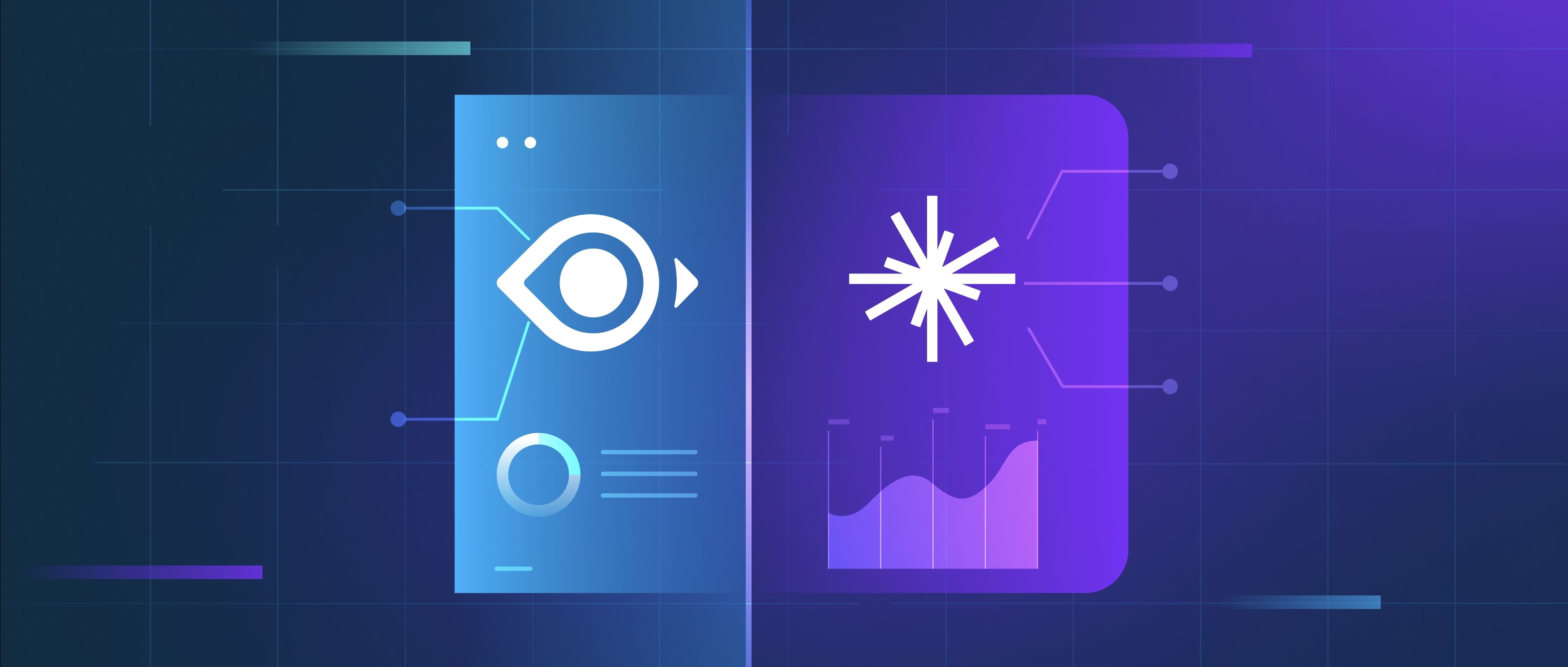OpenAI models are trained on a diverse set of data that mainly consists of text from books, websites, and other written materials. This training data is designed to provide a wide-ranging understanding of human language, so the models can generate coherent and contextually relevant responses. The data typically includes a mix of different genres and topics, ensuring that the model can handle a variety of questions and styles of communication. For instance, it might include scientific papers, news articles, Wikipedia entries, and social media posts to capture different points of view and ways of expression.
The training process involves a technique called unsupervised learning, where the model learns language patterns, grammar, facts, and even some reasoning from the data without explicit labeling or categorization. During this process, the model does not memorize specific texts but rather develops a statistical understanding of how words and phrases interact. For example, it learns that "cat" and "dog" are often discussed in similar contexts, allowing it to respond effectively to queries about pets or animals in general. This variety helps the model generate text that feels natural and relatable to users.
It's important to note that the data used for training is subject to certain limitations and guidelines. OpenAI avoids including sensitive personal information and aims to ensure that the content is appropriate and not harmful. Additionally, the training data reflects a snapshot of knowledge up to a certain point in time, so the model may not have the most current information or reflect recent events accurately. Therefore, while the model can provide useful insights and assistance, developers should verify any critical information it generates against reliable sources.
